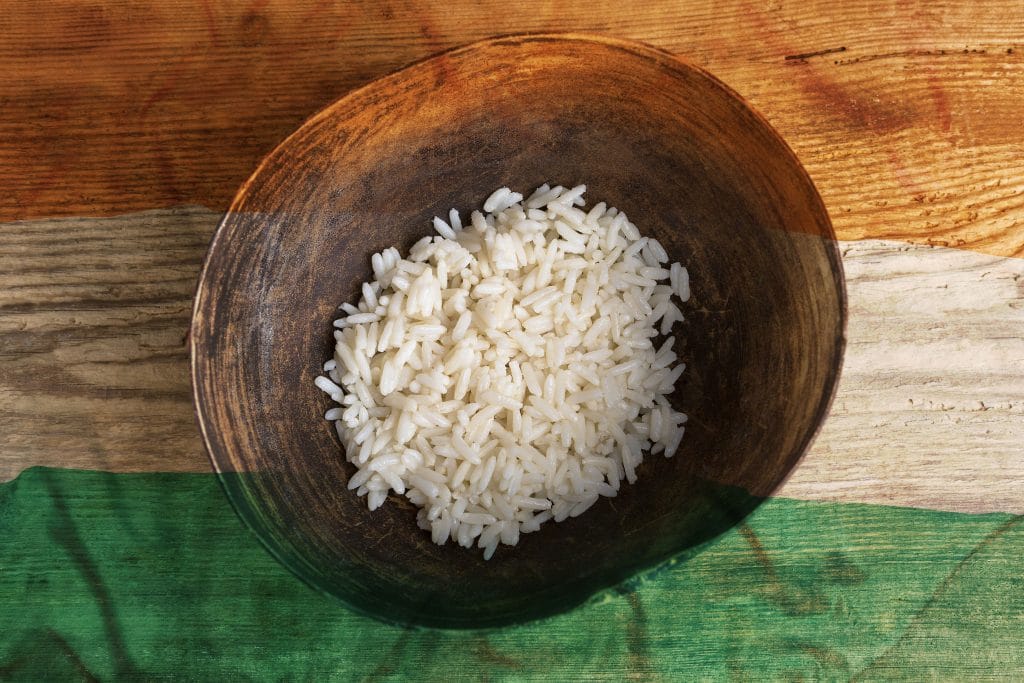In 2017, more than 1.04 million children under the age of five lost their lives. Of these deaths, malnutrition accounted for seven lakh.
The findings of the India State-Level Disease Burden Initiative’s report highlight malnutrition as one of the foremost health concerns of the country. Few other conditions can claim to have taken so many lives of the country’s children. Most people are aware — at least to some degree – of the importance of a healthy diet, yet there are a myriad of reasons why malnutrition still prevails within India.

Poverty is perhaps one of the biggest drivers behind malnutrition, and it is a cyclical problem. Many in India live below the poverty line. Those in this position are often unable to provide healthy meals for their children. This can result in conditions such as stunting and wasting which can have a lifetime of impacts on the child affected. Such conditions are relatively widespread in India. In 2017, wasting had a 15.7 percent prevalence in India and stunting had a 32.7 percent prevalence.
These conditions cause developmental delays in children both physical and mental. The result is that the children are far more likely to underperform in their education — resulting in lower grades and therefore decreased employment prospects. 66 percent of Indian workers experiencing lower wages owing to stunting according to some research. This perpetuates the cycle of poverty which allows for malnutrition to take root in families’ lives.
The report found that malnutrition is also a leading risk factor for disease burden in persons of all ages contributing seventeen percent of the total disability-adjusted life years (DALYs). This places the issue in the same category for DALYs as conditions such as cancer or environmental factors such as pollution.
The report comes off the back of the unveiling of the Global Hunger Index in October, where India ranked 102nd out of 117 countries. “Just 9.6 percent of all children between six and 23 months of age are fed a minimum acceptable diet,” the report noted.
Though there are programmes in place such as the “Eat Right Movement”, the malnutrition situation seems to be spiralling out of control. Obesity is another situation adding to the problem. For many, particularly in urban India, processed, high-calorie yet low-nutrient food is far cheaper than healthy alternatives. This can result in people becoming overweight, yet still technically being malnourished due to nutrient deficiencies. The coexistence of obesity and underweight in staggering proportions is India’s “dual burden of malnutrition” – reflective of a country of contrasts and myriad health issues linked to nutritional indicators.
Tackling both obesity and undernourishment is a gargantuan task, particularly given India’s geographic diversity and vast population. Providing information to the public may go some way in addressing the matter. However, those in poverty often have little choice in what they may eat, or whether they can afford to eat at all. Food programmes may be vital to helping these people.
Regulatory attempts are underway to reduce trans-fat in food by 2022. Other such programmes to reduce intake of sugar could also prove helpful. However, healthy food needs to be made available to the public, at affordable costs, otherwise the regulatory crackdown will mean nothing to those struggling to afford food at all. Meanwhile, government-run nutritional schemes need to be stepped up at the central, state, and local level to ensure all children can consume an adequate diet.

